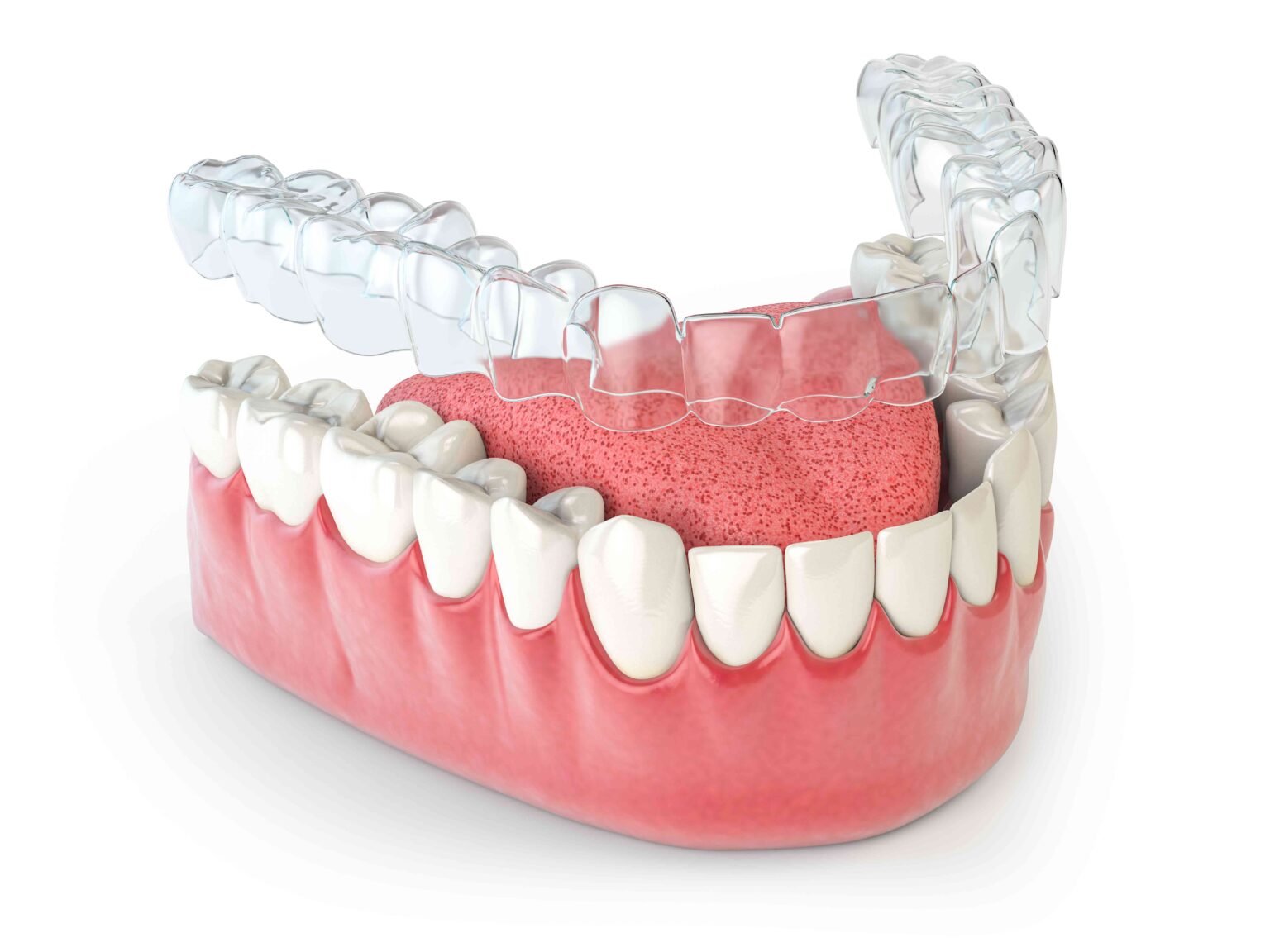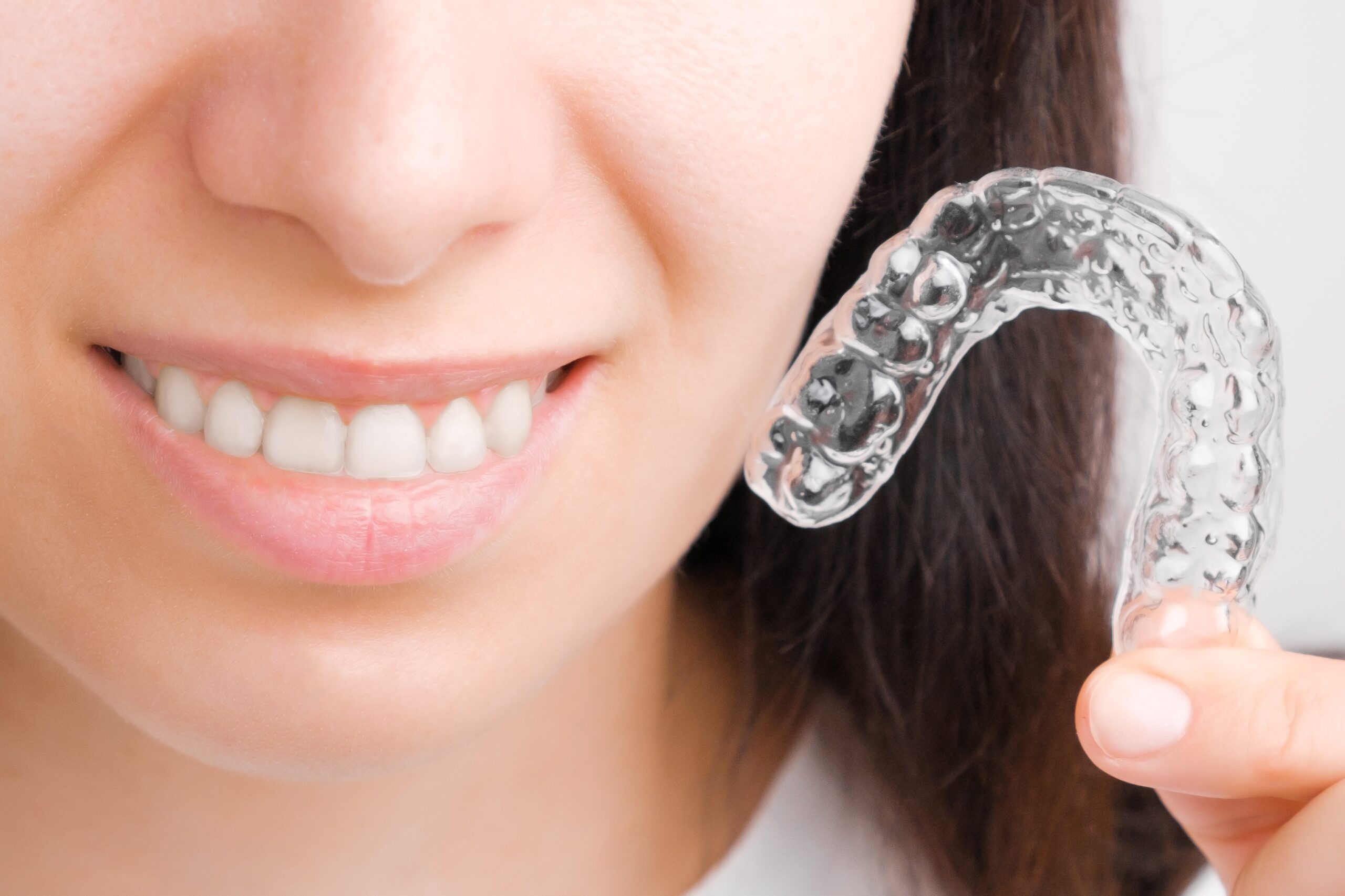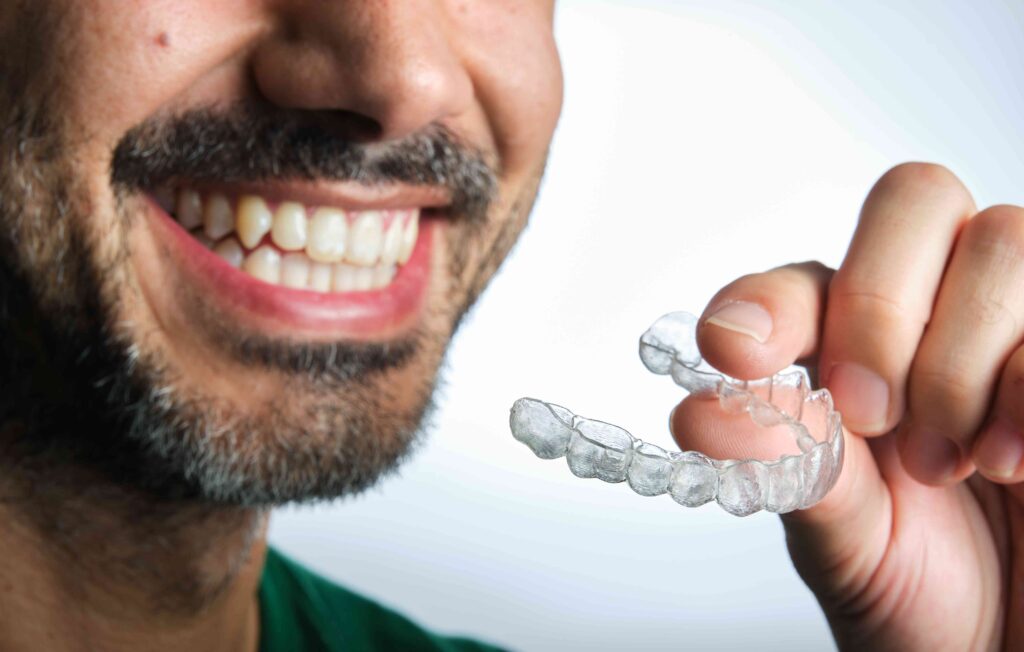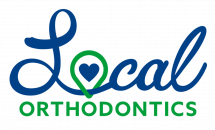Retainers
At Local Orthodontics, we are committed to helping you preserve the beauty and integrity of your smile. Beyond achieving a perfect smile, maintaining the results is equally important. Explore how our tailored retainers can assist you in preserving the results of your orthodontic treatment.
Why Retainers Matter
Safeguarding Your Investment: Retainers are a crucial component of orthodontic aftercare. They play a vital role in preventing your teeth from reverting to their original positions, ensuring the sustainability of your orthodontic investment.
Psychological Benefits: Beyond their practical purpose, retainers offer psychological benefits. The knowledge that your smile is secured can boost your confidence and overall satisfaction.

Types of Retainers

Essix Retainers
Virtually Invisible: Essix retainers are clear, nearly invisible, and custom-designed to match your teeth’s contour. They offer a high level of comfort and discretion. These retainers are an excellent choice for those who prefer a nearly invisible option.
Fixed Retainers
Long-term Reliability: Fixed retainers, also known as bonded retainers, are attached to the back of your teeth. They offer a long-term solution, requiring minimal maintenance. Fixed retainers provide continuous support to keep your teeth in the desired position.
Hawley Retainers
Customizable and Durable: Hawley retainers feature an acrylic base and wire framework that are fully customizable. Your orthodontist can fine-tune them as needed, ensuring a precise fit. Their durability and adjustability make them a popular choice.
Retainers for Children and Adults
Retainers for Children
Learn how early use of retainers in children can help maintain orthodontic corrections as they grow, ensuring their teeth stay beautifully aligned as they mature.
Retainers for Adults
Discover why retainers are essential for adults to preserve the outcomes of their orthodontic treatments and prevent any unwanted regression.
How Retainers Work
Sustaining Your Results: Retainers work by applying gentle, continuous pressure to your teeth, ensuring they remain in their corrected positions. Custom-fitted to your unique bite and tooth alignment, they prevent undesirable movement and maintain your smile’s alignment.
Mechanics of Retainers: A detailed explanation of how retainers function. Visuals and animations can be used to help you understand the science behind these crucial orthodontic devices.

Ready to transform your smile?
Schedule an appointment today and see the difference that Local Orthodontics can do for your smile!
Retainers Services FAQ
We recommend a gradual transition from full-time wear to nighttime wear over time. The duration varies based on your specific treatment.
Skipping retainer wear can lead to teeth shifting. Contact us promptly if you notice any changes.
It’s best to remove your retainer while eating to maintain hygiene and prevent damage.
Replacement costs may vary, and insurance may provide coverage. Contact us for specific pricing details.
initial discomfort is common as your mouth adjusts to the retainer. We can provide strategies to alleviate any discomfort.

